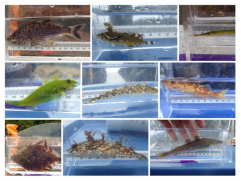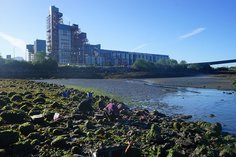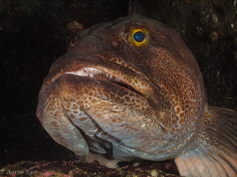Current Research
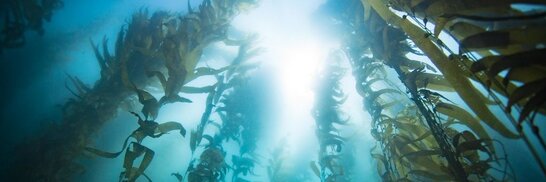
Kelp Forest Restoration
Restoring our underwater forests is a monumental task that is charged to all sections of society across our world’s oceans. As we begin to undertake this task, it is vital that we evaluate what has been done already and how we can learn from these efforts to make, smart, informed decisions about future restoration efforts. It is this need for actionable information that drives our global kelp restoration synthesis project.
Our project is collecting information on the characteristics and successes of all kelp restoration efforts, past, present, and future, across all groups and languages. We are then working to use this information to tell us the basics of restoration, who, where, what, when, why, as well as the specifics, what makes certain attempts more successful than others. We will then combine the results of our analysis with the expert opinion of kelp restoration practictioners from around the world to provide a first of its kind, up date, best available practices for restoring kelp forests.
The project is designed to carry on into the future and will be continually updated as new restoration projects are completed, and thus also allow for informed, adaptive management of our marine forests. All results from this project will be open source and freely available and we encourage interested parties to contact us at [email protected]
Preliminary results can be found at the Open Science Framework
Restoring our underwater forests is a monumental task that is charged to all sections of society across our world’s oceans. As we begin to undertake this task, it is vital that we evaluate what has been done already and how we can learn from these efforts to make, smart, informed decisions about future restoration efforts. It is this need for actionable information that drives our global kelp restoration synthesis project.
Our project is collecting information on the characteristics and successes of all kelp restoration efforts, past, present, and future, across all groups and languages. We are then working to use this information to tell us the basics of restoration, who, where, what, when, why, as well as the specifics, what makes certain attempts more successful than others. We will then combine the results of our analysis with the expert opinion of kelp restoration practictioners from around the world to provide a first of its kind, up date, best available practices for restoring kelp forests.
The project is designed to carry on into the future and will be continually updated as new restoration projects are completed, and thus also allow for informed, adaptive management of our marine forests. All results from this project will be open source and freely available and we encourage interested parties to contact us at [email protected]
Preliminary results can be found at the Open Science Framework
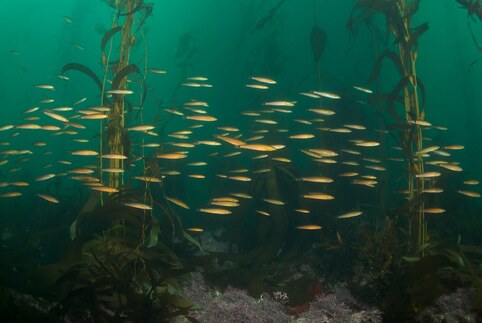
The Value of a Kelp Forest
Kelp forests are constantly providing free ecosystem services to our society. By supporting fish and invertebrates, cycling nutrients, locking away carbon dioxide, and drawing visitors to their emerald depths, kelp forests are key to our ocean health and economy. Currently these services are unevaluated and as a result we do not have an appreciation of the true worth of a kelp forest. I am therefore leading a project that assesses the economic contribution of 4 major kelp genera around the world and working to communicate the untold contribution of kelp forests.
Kelp forests are constantly providing free ecosystem services to our society. By supporting fish and invertebrates, cycling nutrients, locking away carbon dioxide, and drawing visitors to their emerald depths, kelp forests are key to our ocean health and economy. Currently these services are unevaluated and as a result we do not have an appreciation of the true worth of a kelp forest. I am therefore leading a project that assesses the economic contribution of 4 major kelp genera around the world and working to communicate the untold contribution of kelp forests.
Past Research
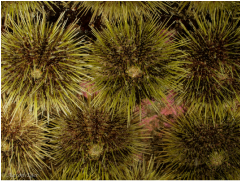
Habitat Suitability Modelling:
Working with the Department of Fisheries and Oceans, I have spent an extensive amount working on species distribution models (SDMs) for benthic invertebrates in BC. The species I focused on were the California sea cucumber, the geoduck clam along with the red and green sea urchins. My research looked at different methodologies for building and applying SDMs at different scales along the British Columbian coast line. The results indicate that a new method, termed "downscaling" can significantly improve the accuracy of SDMs by making predictions on scales smaller that at which the model was built. We also found that while scaling up our predictions or transferring them to new areas resulted in a decrease in predictive accuracy, they performed well enough to possibly inform decision makers in data limited situations. This project was in collaboration with McGill University, University of Toronto, Simon Fraser University and the Department of Fisheries and Oceans Canada. Paper uploaded here. |
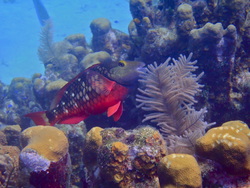
Parrotfish and marine reserves:
These allegedly bird-like fish play an important role in coral reef systems. As prodigious herbivores they graze upon algae that can otherwise overgrow coral species. Unfortunately as larger fish are being depleted there is a growing extraction of parrotfish species. If overfished, the loss of the parrotfish can lead to a die off of corals as algal species take over. Therein reefs with higher parrotfish populations should have healthier corals and resultantly more fish species. This is precisely what our project found. We additionally determined that larger parrotfish, in this case those over 20cm proved to be a better indicator than simply abundance. We hope this information can be used as a quick assessment tool for coral reefs. You can read the publication here. |
